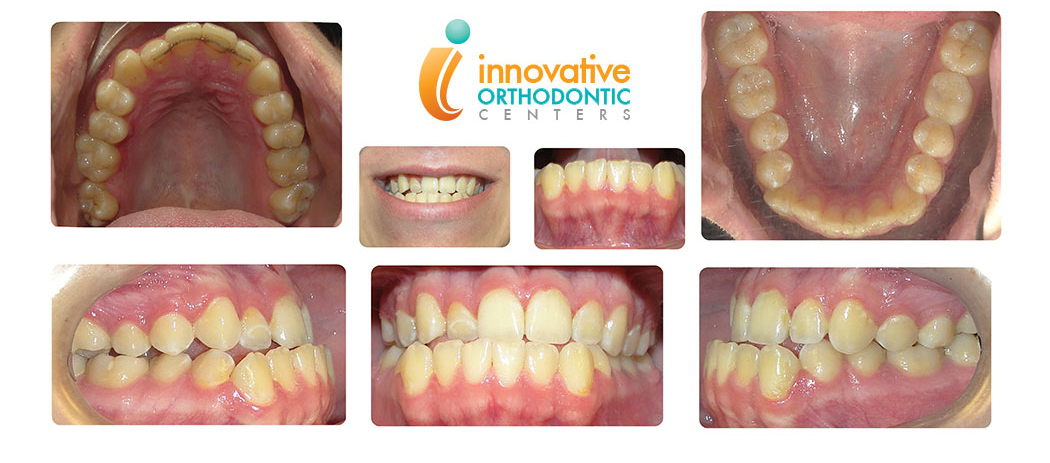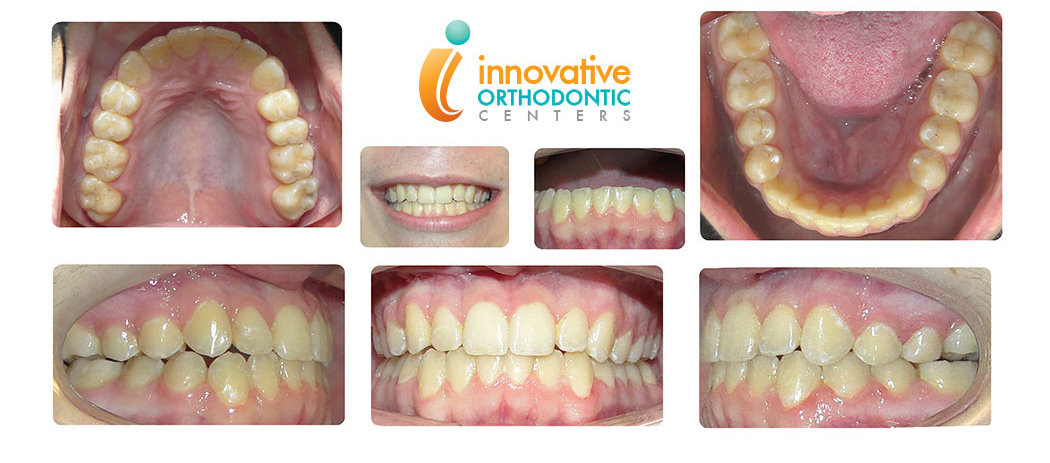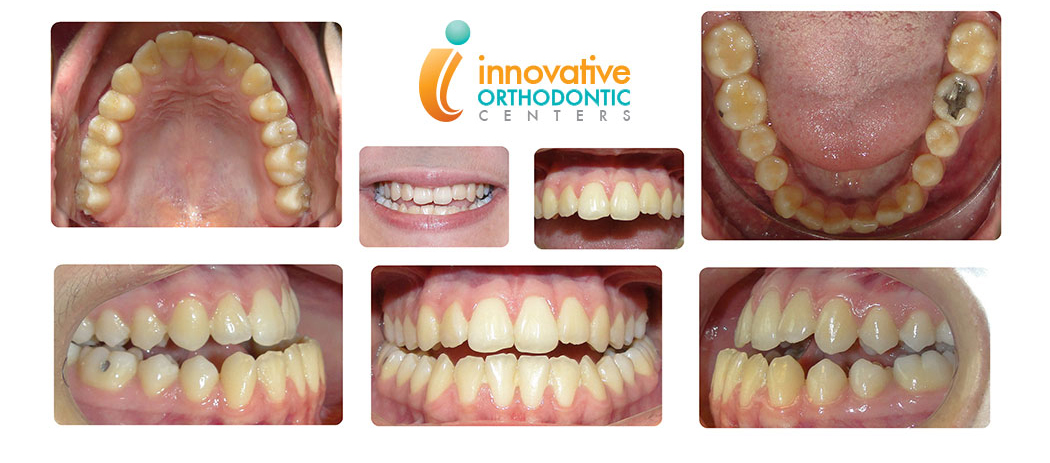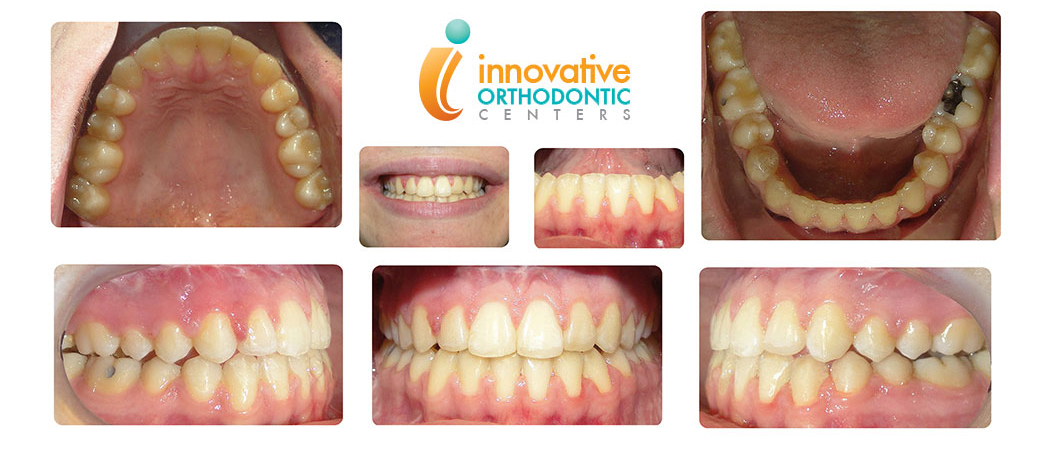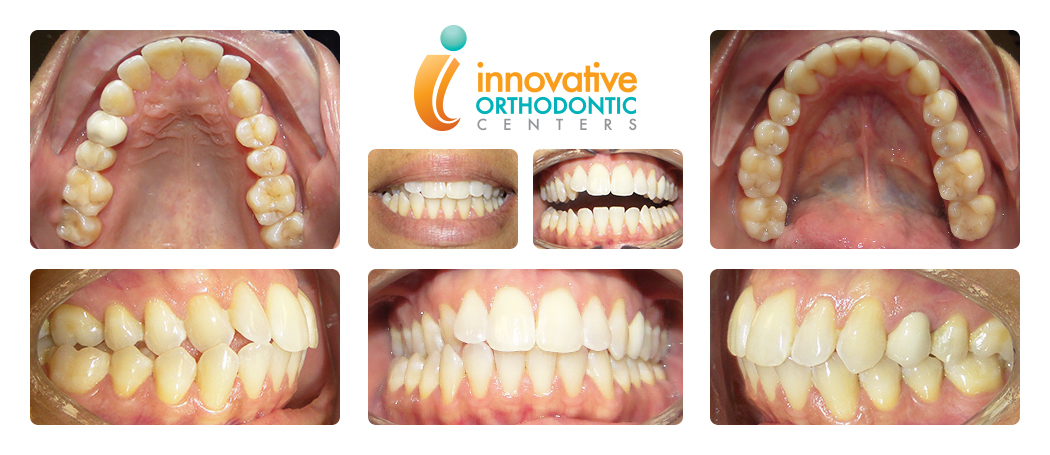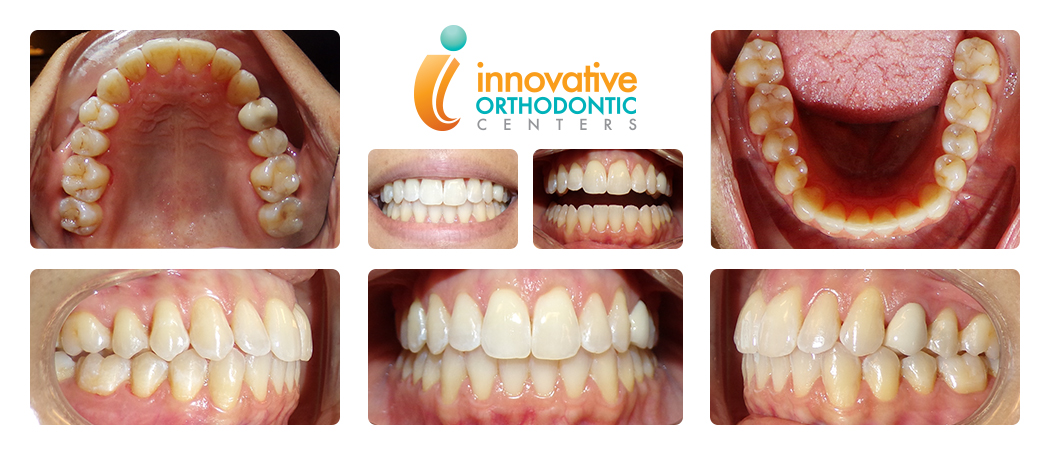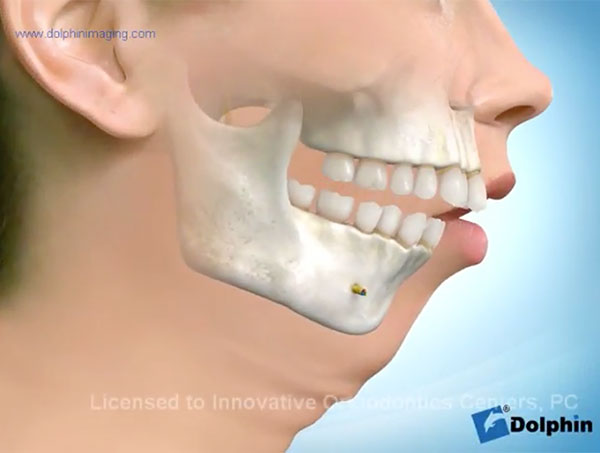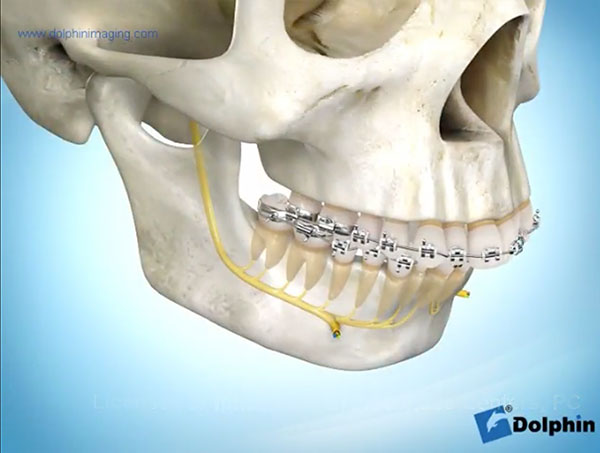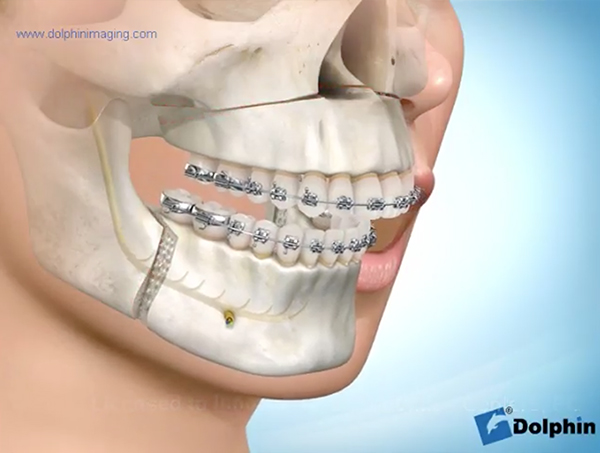Surgical orthodontics, also known as orthognathic surgery, corrects jaw irregularities to improve a patient’s ability to chew, speak and breathe, as well as enhance their facial appearance. Since moving the jaws also moves the teeth, braces treatment is always performed in conjunction with jaw correction. This ensures your teeth are in their ideal position after surgery. For adult patients with severe bite problems, surgical orthodontics can bring about the most dramatic, stable results. We rely on digital imaging, computerized treatment planning and coordination with your oral surgeon for the highest degree of accuracy.
How Does Surgical Orthodontics Work?
Surgical orthodontics is a multi-step process. We begin braces or Invisalign treatment about nine to 18 months prior surgery. Just as you would with standard orthodontic treatment, you’ll come in for regular adjustments. As the braces or aligners move your teeth, it might feel as if your bite is getting worse instead of better. However, we’re actually thinking a few steps ahead and once your jaws are properly aligned with orthognathic surgery, your teeth will fit together correctly.
An oral surgeon will perform the surgery in a hospital. Depending on the type of procedure and the degree of correction required, the surgery can take several hours. In lower jaw surgery, the jawbone behind the teeth is separated and the tooth-bearing portion is moved forward or backward as needed. In upper jaw surgery, the jaw can either be repositioned forward or backward or it can be raised or lowered. Certain movements may require the jaws to be separated with bone added or removed to achieve the proper alignment and stability. Additionally, other facial bones that contribute to alignment may also be repositioned or augmented.

Once the surgery is complete, you’ll rest and recover (the perfect time to indulge in a milkshake or two!). You should be able to return to school or work within two weeks. After a four- to eight-week healing period, Dr. Ibrahim will “fine tune” your bite. In most cases, you’ll finish up Invisalign or have your braces removed six to 12 months after surgery. You’ll then wear a retainer to maintain your beautiful new smile.
Mandibular Setback (For large lower jaw)
Mandibular Advancement with Genioplasty (For small lower jaw)
Maxillary Impaction and Mandibular Advancement (For double jaw surgery)
Am I a Candidate for Orthognathic Surgery?
Dr. Ibrahim will only consider surgical orthodontic treatment for adult patients with improper bites or facial esthetic concerns who are done growing. Orthognathic surgery can’t be performed while the jaw is still developing. Jaw growth is usually complete by the age of 16 for girls and 18 for boys. However, we can start the pre-surgical tooth movements one or two years prior to these ages. Thanks to so many advances in the field, a lot of cases that would have to be treated with surgery can now be fixed with orthodontics alone. Once Dr. Ibrahim examines you and evaluates your diagnostic records, she can determine the best way to meet your smile needs.

Before & After
